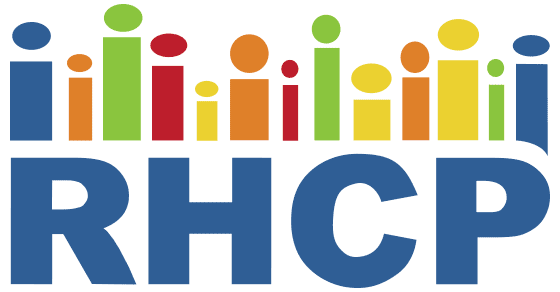Risk Communications
Crisis emergency risk communication (CERC) is the application of evidence-based principles to effectively communicate during emergencies. CERC framework is applied in public health in response to health emergencies, like the COVID-19 pandemic to encourage public participation in disease prevention and containment.
Crisis emergency risk communication (CERC) is the application of evidence-based principles to effectively communicate during emergencies. CERC framework is applied in public health in response to health emergencies, like the COVID-19 pandemic to encourage public participation in disease prevention and containment. Effective application of CERC framework depends, in part, on reaching populations with a history of social injustice, health disparities, and limited access to health information. These vulnerable populations and minority groups are more likely to have communication gaps due to socioeconomic disadvantage, low health literacy, immigration status, and limited English proficiency, compounded by language and cultural discordance.
Community-engaged research (CEnR) partnerships are uniquely positioned to operationalize pandemic risk communication frameworks among vulnerable populations. Community-engaged CERC has the potential to reduce COVID-19 disparities through shared creation and dissemination of public health messages, enhanced connection to existing resources, and incorporation of community voices in regional pandemic mitigation policies.
RHCP developed, implemented, and tested a community-engaged COVID-19 CERC framework, through which thousands of people in the Rochester and surrounding areas were reached with accurate and timely information on COVID-19 prevention, containment and vaccination. This framework, which included bi-directional communication through communication leaders, was adapted by other partnerships in a variety of demographic and geographic contexts. RHCP is collaborating with other community-engaged partnerships that used the RHCP CERC framework to create a pandemic communications toolkit.
The goal of this work is to harness the experiences of the communication leaders and others who used the RHCP CERC framework, to develop an actionable toolkit of community-engaged CERC that can be adapted for the current and future pandemics in diverse contexts. This toolkit, as well as a freely available culturally tailored pandemic message library with message maps and message content may be adapted for future use, will be freely available for use by health departments, community organizations and community-engaged partnerships during future infectious disease outbreaks and other public health related emergencies.
Funding
Mayo Clinic: Center for Clinical and Translational Science, and Division of Public Health, Infectious Disease and Occupational Medicine
project deep-dive:
risk communication
Bidirectional communication between communication leaders and community members within their social networks refined messages, leveraged resources, and advised policy makers to address COVID-19 prevention, testing, and socioeconomic impacts for vulnerable populations in Rochester, Minnesota.
COVID-19 crisis and emergency risk communication
Racial minorities have been disproportionately impacted by COVID-19. Moreover, vulnerable populations and minorities are more likely to have communication gaps due to socioeconomic disadvantage, low health literacy, immigration status, and limited English proficiency, compounded by language and cultural discordance and mistrust of health institutions.
Racial minorities have been disproportionately impacted by COVID-19. Moreover, vulnerable populations and minorities are more likely to have communication gaps due to socioeconomic disadvantage, low health literacy, immigration status, and limited English proficiency, compounded by language and cultural discordance and mistrust of health institutions. To encourage participation in disease prevention and containment by these populations, RHCP implemented the Centers for Disease Control and Prevention (CDC) Crisis and Emergency Risk Communication (CERC) framework to promote bidirectional crisis and emergency risk communication to vulnerable populations for the COVID-19 pandemic.
COVID-19 message maps were developed by RHCP community and academic partners. Message content focused on three constructs: COVID-19 prevention and containment; SARS Coronavirus-2 testing; and, social and economic impacts of COVID-19. Messages in six languages were delivered by bilingual communication leaders within their social networks. Messages were mostly delivered electronically, e.g., social media, text messaging and voice calls. Communication leaders solicited community health and socioeconomic concerns through the same platforms. This bidirectional communication with community members was used to enhance subsequent messaging, leverage resources to meet community needs, and advise regional decision makers. By leveraging existing networks and credibility, community-engaged research partnerships may effectively implement crisis and emergency risk communication to vulnerable populations in the COVID-19 pandemic.
Publications
The Disproportionate Impact of COVID-19 on Radical and Ethnic Minorities in the United States
Funding
Mayo Clinic: Community Engagement, Center for Clinical and Translational Science, and Center for Health Equity and Community Engagement Research

